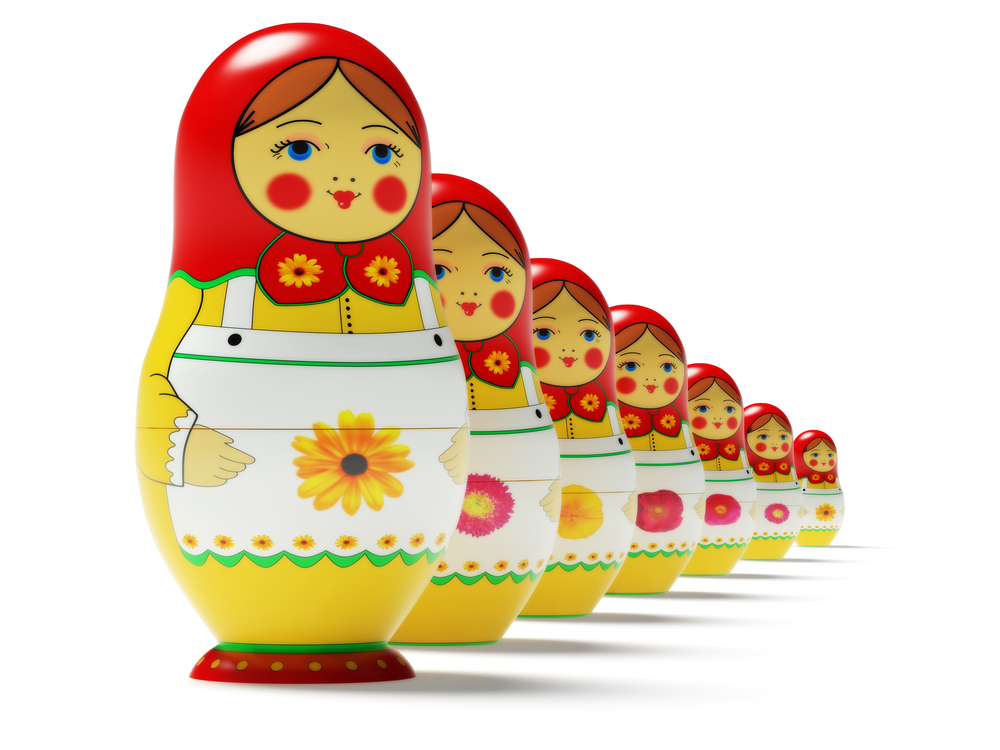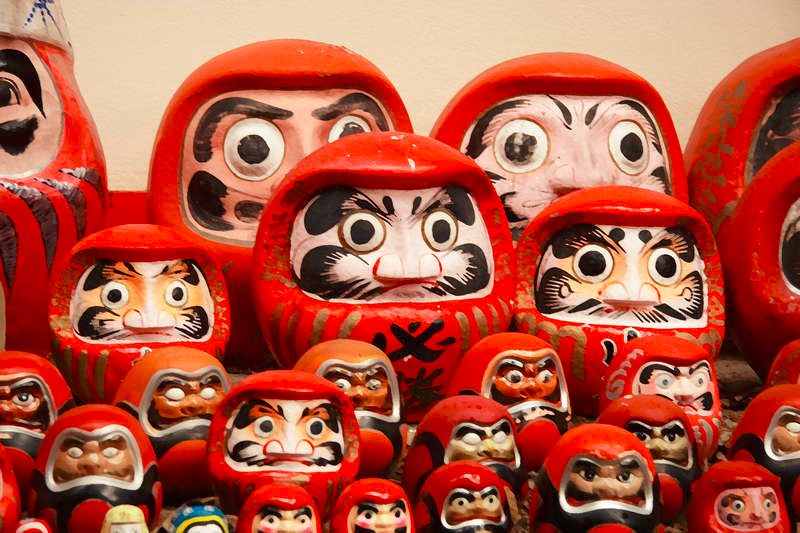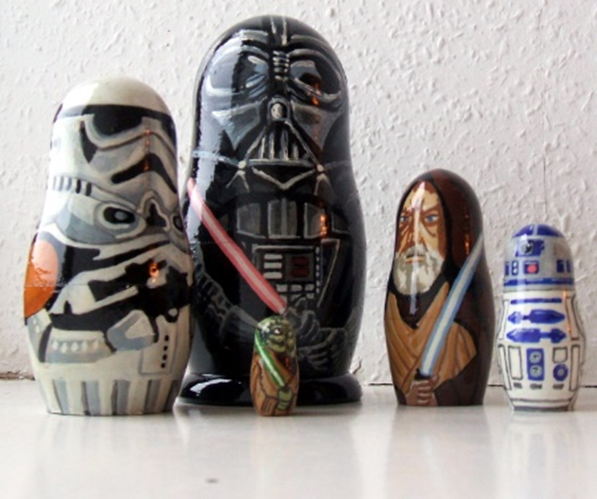Matryoshka dolls, also known as Russian nesting dolls, are an iconic toy. But how much do you really know about these dolls?

This century-old toy long predates the Russian artists who made them internationally recognized. The artists, Vasily Petrovich Zvyozdochkin and Sergey Maluytin, were inspired by a traveling exhibit of Japanese Daruma (Dharma) dolls, which were themselves inspired by earlier wooden nesting dolls from China.

The first Matryoshka was carved by Zvyozdochkin and painted by Maluytin. It was taken to the 1900 World’s Fair in Paris, where it won a bronze medal in the toy division. While other similar toys languish in obscurity, nesting dolls have become hugely popular, even while remaining a piece of Russian iconography. You can now find cat Matryoshkas, political Matryoshkas, even Star Wars Matryoshkas. There’s no limit on the creativity.
The way they are made is unique and impressive as well. Made from softer woods such as birch, the wood is harvested and then cured for two years. Once it is cured and workable, the craftsman choose single piece of wood. It’s important the set is made from one piece because of how wood reacts to temperature by expanding and contracting. Starting with the smallest doll the craftsman works outward till he finishes with the largest doll, also called a Sarafan. After all of the dolls are made, the craftsman begins painting, followed by sealing the artwork with lacquer.
There’s a lot more to these little dolls than just the facts above. Do you know how they’re made? Or what types of wood are commonly used? We can help with that. Click here for a Slideshare presentation containing 11 of the coolest facts I learned about Matryoshkas. We’re celebrating the Matryoshka as part of our countdown to the 2014 Sochi Winter Olympics, where Avaya is the Official Supplier of Network Equipment.
So what are you waiting for? Go learn about these iconic toys. And be sure to go through the entire slide deck! Because we have quite a surprise at the end for you.
